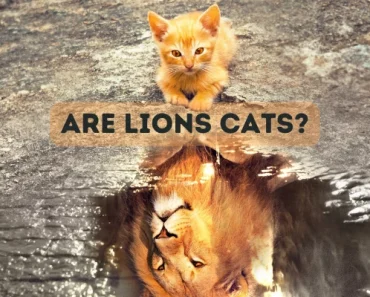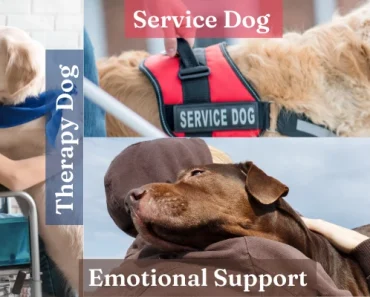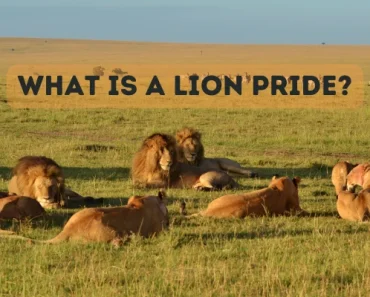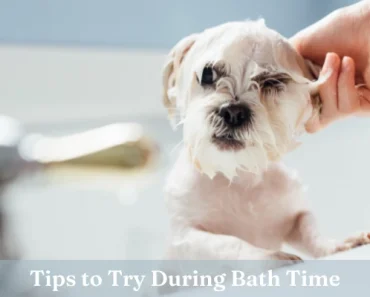I’m guessing you’ve heard of one of these terms: “cat loaf“, “cat loafing“, or “kitty loaf” since you ended up here or maybe this is your first time researching the topic.
I bet you’ve seen your cat in this position many times whether you’ve heard of the term or not!
All cats will entertain the cat loaf position at some point in their lives for whatever reason. We just have to ensure it isn’t for a bad reason and I assume that is partly why you are here.
But, if you are a new cat owner or someone just hearing about a cat loaf for the first time, you may be wondering, “What is a cat loaf?“.
Let’s do a quick rundown for new cat owners and people new to this term.
Then I’ll jump right into the reasons cats get into the position.
What is a Cat Loaf?
A cat loaf is a position a cat assumes by tucking its limbs (tail & paws) underneath its body and resting on those limbs while laying on its belly. When a cat is in this position, it resembles a loaf of bread.
Because of the resemblance, the term “cat loaf” became popular among cat owners.
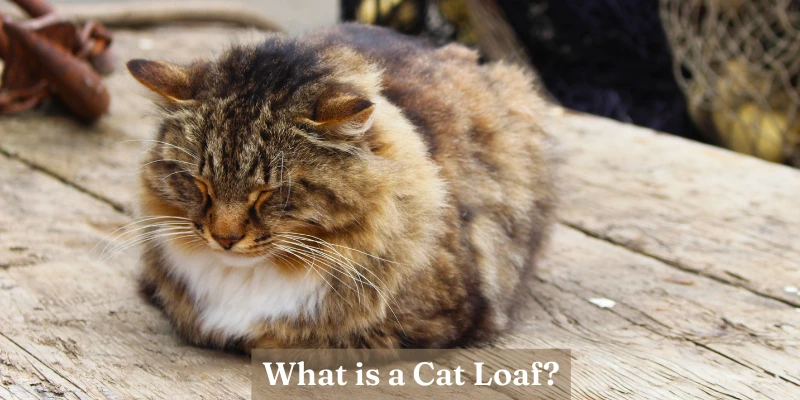
Cat loafing is seen as a whole lot of cuteness by cat owners but other reasons could trigger your cat to get into this position.
So don’t write it all off as cuteness and adorable moments just yet.
Let’s get into those reasons now.
Why Does a Cat Loaf?
A cat loaf is a position a cat will assume to help with comfort, relaxation, and warmth. Other reasons a cat will assume this position include pain and sickness.
This position helps keep a cat’s body off hard surfaces, so it may assume this position for pain relief.
Learn more about these 5 (plus 1 extra) meanings.
5 Main Reasons Cats Loaf
1. Relaxation – Cats find this position relaxing and comfy. When a cat is loafing around you, it typically means they feel comfortable and safe in your presence.
Although cats find the position relaxing, some are only semi-relaxed in this position. It is still a position that allows a cat to spring up somewhat quickly in case there’s a need to run.
Lying down on either side is how most cats fully relax with little to no worries, but don’t be surprised if your cat falls asleep in the cat loaf position sometimes…depending on how relaxed your cat is.
2. Heat Retention – Cats can retain heat in the cat loaf position if they are feeling cold. Since cat paws don’t have fur to retain heat, cats will place them underneath their bodies to keep them warm.
Cats have a normal body temperature slightly higher than humans by a few degrees (between 100.5 and 102.5 degrees Fahrenheit).
If the environment feels warm and cozy to you, that may not be the case for your cat since it needs a few extra degrees to feel warm like you.
3. Energy Conservation – Cats can conserve energy while they retain heat by being in the cat loaf position. After all, the cat loaf is a resting position that requires little to no movement.
Which in turn, requires little energy expenditure.
4. Injury – If your cat is in pain, it may position this way to help relieve that pain. When a cat is in this position but has its paws untucked and slightly away from its body, it could be experiencing pain in its paw or other body parts.
Resting in this position can prevent a cat’s internal organs from being on a hard surface, providing the cat with some comfort.
If you aren’t sure if your cat is resting or in pain, you should contact your veterinarian and inform them of your concerns so they can advise you of the best treatment plan.
5. Sickness – If your cat is sick or feels other pain, resting with a hunched back (also referred to as “meatloaf cat” or “cat meatloaf”) could indicate discomfort.
Not only will the hunched back be an indicator, but your cat could have its nose pointed downward with the nose resting on a surface, such as a floor.
The paws may also be sticking out if the cat is experiencing any sickness or pain.
A common disease in older cats is chronic kidney disease (CKD). If you are in doubt, just check with your vet and see what advice they can provide.
6. Cuteness (extra) – I had to add cuteness to the list because let’s face it, cats are so darn cute in this position. They are also usually happy and content while resting in this position.
After determining your cat isn’t in pain or sick, just sit back and enjoy the cuteness!
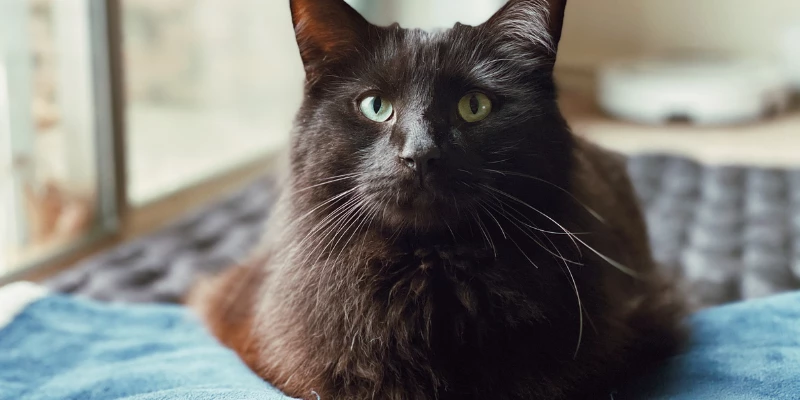
Is the Cat Loaf Position Bad for My Cat?
No, there is no danger to your cat in this position. When your cat is in this position, it just means that they are semi-relaxed or in some cases, relaxed a lot. But there is no potential harm to the kitty.
At least no harm, unless you suspect your cat may be experiencing some type of pain or illness. Just always be alert and learn the signs for your particular cat since not all cats act the same.
Now that you are well informed on what the position is and why cats get their loafing on, stick around and read about a few other cats loafing questions other cat owners have wondered…such as: “Why does my cat loaf and stare at me?“.
Why Does My Cat Loaf and Stare at Me?
If your cat is loafing and staring at you at the same time, it usually means that your cat is attempting to feel you out or figure out your emotional status.
Since this position helps your cat relax, your cat shouldn’t be on edge or about to claw your eyes out. Just relax as well and know this is common in lots of cats.
Your cat may also just be curious as to what you are up to while it’s relaxing. You know the saying, “curiosity killed the cat”? That applies here.
I wouldn’t worry too much about it because if your cat is in this position around you and isn’t sick, your cat doesn’t feel vulnerable and trusts you enough to relax around you.
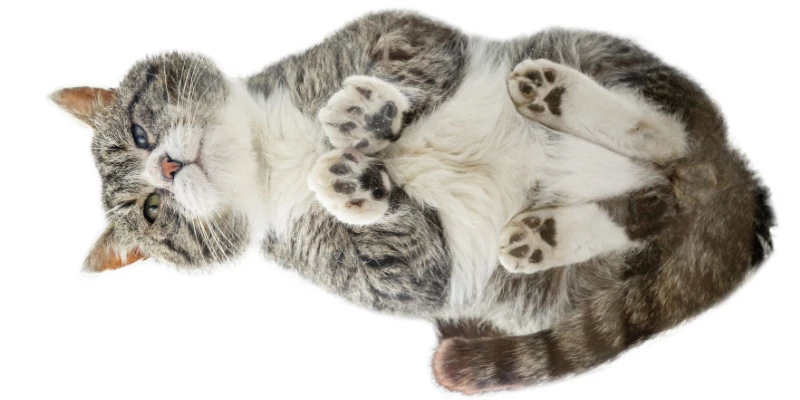
Why Does My Cat Loaf While Sleeping?
While cat loafing is known to be a more semi-relaxing position for cats than just being sprawled out on their side, cats can still get a quick nap in while resting in this position.
It can be relaxing enough for a cat to catch some quick zzzs, but your cat will still have some awareness of its surroundings.
Why Does My Cat Loaf Inside But Not Outside?
Some cats may loaf outside but others may not. If you think about it for a minute, it makes sense!
Many cats use the loaf position as a comfortable, resting, or semi-resting position.
But cats that are outside may feel more vulnerable and tend to be in more of an alert or slightly defensive position, depending on the external environment and factors.
If it is an external environment where your cat isn’t worried about predators or other animals, your cat may rest in the cat loaf position, but I don’t remember a time when my cats were in that position outside.
This could be due to the fact that I live next to a wooded area and creek bed where lots of wild animals pass through.
You may also hear other cat owners refer to cat loafing as:
hovercat, cat board, cat loafing, kitty loaf, cat bread loaf, loaf of bread cat, cat sphinx, bread loaf cat, meatloaf cat, cat meatloaf, partial loaf, attack loaf, double loaf, triple loaf, and many more…
Cat Loaf on Glass Table Video
Check out a video of a cat loafing on a glass table (from the bottom view).
Recap
See, I told you it wasn’t going to be that long of a read. You should now be well-informed about why cats loaf and the signs to look for in case your cat is in distress.
Just remember, knowing the reasons your cat may be in this position is important so you can rule out anything serious and get back to the cuteness.
You know your cat better than anyone else, so I am confident that you will be able to tell if something unusual is happening with your cat.
The next time your cat gets in the cat loaf position, think about this article and what you read here. It may help you more than you realize right now.
Always remember to give your little one as many hugs and as much love as he or she needs.
I find great comfort in being around my pets. They bring me lots of joy and I love to return the favor to them.
Well…that is all I have for now. I hope it was a good read for you!
References
- VCAHospitals.com – Page: Fever of Unknown Origin for Cats
